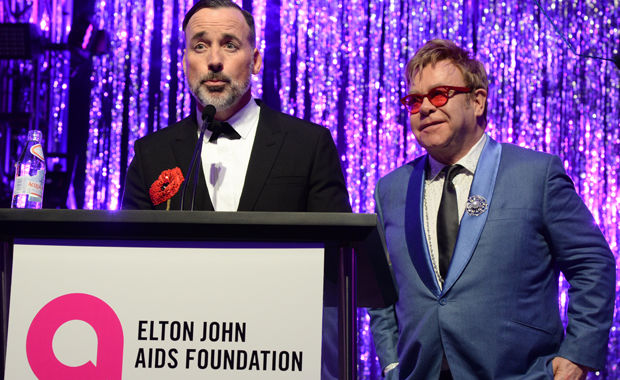Former WWE Wrestler Leads The Way For Prevention Of Athletic Brain Injuries
Education and Advocacy Chris Nowinski warns Canadians about the devastating long term effects of brain injury and stresses the need for prevention.

Five weeks after taking a hit to the head in the ring, professional wrestler Chris Nowinski had an experience so disturbing he remembers it vividly 14 years later. While sleeping one night, he dreamt that he jumped up to catch a falling object. Moments later, he woke up on the floor. He had leapt off the bed and crashed into a nightstand.
This incidence of REM Sleep Behaviour Disorder, a condition in which people act out their dreams and experience persistent, pounding headaches and nausea, convinced Nowinski that something was really wrong. He had post-concussion syndrome.
That was the beginning of the end of his WWE career, and the start of a life of advocacy. Perhaps more than any other individual, Nowinski is responsible for sparking the public conversation about concussions and Chronic Traumatic Encephalopathy (CTE), a degenerative disease of the brain found in athletes with a history of repetitive brain trauma.
Those with CTE, including many former football and hockey players as well as boxers, suffer from worsening mental, emotional and physical symptoms, including dramatic mood swings, personality changes, and loss of memory. In some cases, CTE leads to severe depression and even violence.
Nowinski, who played on the Harvard University football team while doing his undergraduate degree there, wrote Head Games: Football's Concussion Crisis in 2006. The book examines the long-term effects of head trauma among athletes and has since been made into a documentary.
A year later, Nowinski and Dr. Robert Cantu, a neurosurgeon who had treated him, founded what is now known as the Concussion Legacy Foundation, a nonprofit organization dedicated to advancing the study and treatment of brain trauma in athletes and other at-risk groups. The organization now has a Canadian affiliate.
In 2008, the foundation partnered with the Boston University School of Medicine to form the BU CTE Centre. The centre operates the largest brain bank in the world. More than 400 brains have been donated to date, helping the bank create a compelling body of evidence that illustrates the connection between brain trauma and CTE. Nowinski serves as Outreach, Recruitment, Education and Public Policy Leader for the organization.
In 2011, for example, researchers studied the brain of NHL enforcer Derek Boogaard, who died of an overdose of alcohol and painkillers, and determined he had been suffering from CTE.
Nowinski says the end goal is for researchers to learn how to treat CTE, including preventing it from starting or stopping the progression of CTE. “The other challenge is prevention,” he adds. “We can reduce the rate of CTE by changing the way we play sports — by banning tackling in kids’ football games, for example, and by restricting hitting in practice in professional football leagues. It’s the same logic that applies to smoking,” he explains. “Cutting back on the number of cigarettes you smoke in a day helps reduce the risk of lung cancer.”
Despite the challenges ahead, Nowinski is optimistic. “This is a fight we can win but we need everybody who cares about concussions and CTE to step up and play a role — fans and athletes along with their parents and friends. We’re building a movement,” he says. “But it’s still early.”


